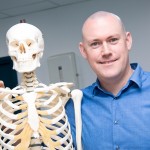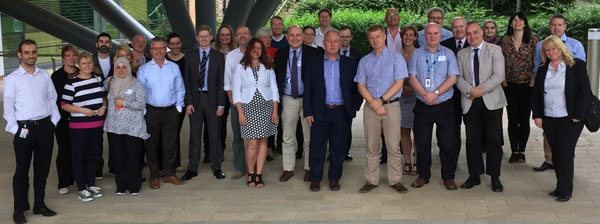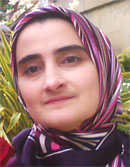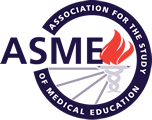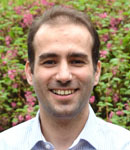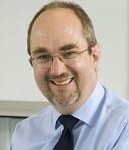 Welcome to this our last newsletter of this academic year.
Welcome to this our last newsletter of this academic year.
In this edition we are featuring reports about some of the work we have been funding through our project grant scheme as well as listing new projects we are funding. The project grant scheme is helping many of you to carry out small pieces of work supporting curriculum development as well as funding short periods of study leave to enable you to learn about wok going on in other institutions and bring back those ideas to Newcastle. We are also providing small amounts of pump priming funding to support people to bring small educational conferences to Newcastle. Not only does this again bring us new ideas it also helps to raise the profile of the Faculty as a centre of educational excellence. In the autumn we will be devoting our first learning and teaching forum to the dissemination of results from our funded projects and we hope as many of you as possible will come along to hear what your colleagues have been doing.
Also in this newsletter are reports from two conferences attended by staff in the Faculty. It is always interesting to hear what is going on elsewhere and so as we approach the time when many conferences are held please can I invite any of you attending a conference this summer to find some time, when you come back, to write a short piece for the autumn newsletter.
We like to celebrate individual successes in the newsletter so congratulations to all those who have won awards and prizes this year. Of course, the other big success is the achievement of our TEF Gold status. As Jane Calvert says this is very much an award that reflects the work of all of us ensuring that the learning and teaching we support is of the highest quality we can make it. Among the things highlighted in the TEF Panel statement of findings were the outstanding levels of stretch (their words), facilitated in part by the University’s commitment to research-led teaching that we give to students as well as exceptional levels of staff support.
Our last two events of the year are a Journal Club being given by Michael Atkinson and a seminar from Val Wass. Please come along to one or both of those events. I am now starting to think about putting the seminar programme together for next year. I have a number of ideas for possible speakers but I will be consulting with you all in your teaching schools to gather ideas from you. Our first event next year is a workshop delivered by Viv Baumfield and Jane Stewart. This will be a highly stimulating session and I encourage you to attend.
All that remains for me to say is to wish you some time for relaxation over the summer (though our summers become ever busier) so that we can all come back refreshed to start a new academic year.
Prof Steve McHanwell, Director, FMS Unit for ERDP

